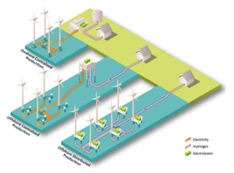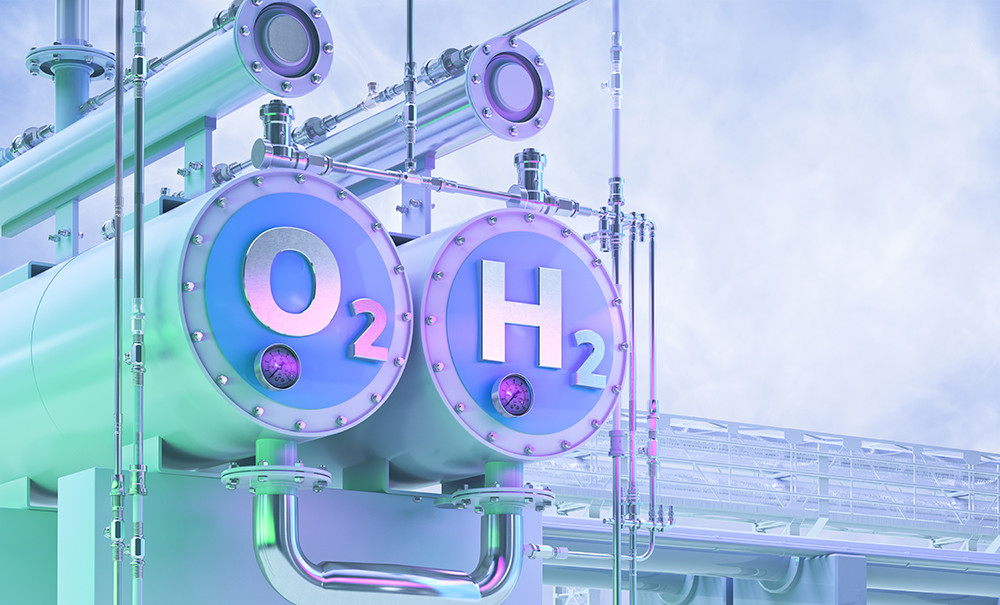NEWS & INSIGHTS | Opinion
HOP2: Scotland’s Future in Hydrogen Production

Hydrogen is often referred to as the fuel of the future thanks to its diverse applications. It can be used as a clean energy source, for transportation powering hydrogen fuel cell vehicles, energy storage, and in industrial processes. It can be utilised for heating homes, generating electricity, and as a feedstock in industrial processes, reducing carbon emissions.
But before we can achieve consistent, widespread everyday use of hydrogen, we need to produce it. Currently, hydrogen is primarily produced from various sources, including fossil fuel-based processes, such as steam methane reforming, which converts natural gas into hydrogen and water electrolysis.
Wind-generated electricity can power water electrolysis to produce hydrogen. A substantial portion of the low-cost offshore wind resource in Europe is located within the North Sea, much of which is at a significant distance from shore and from existing electrical infrastructure. This presents a significant opportunity for the production and storage of hydrogen at the source of electricity production offshore, leveraging existing infrastructure in the region.
NZTC’s Hydrogen Offshore Production Project (HOP2) is helping to fully realise this opportunity and turn ambition into reality. It builds upon the HOP feasibility study that NZTC and industry partners delivered via the BEIS Low Carbon Hydrogen Supply competition in 2018.
Scotland’s heritage in oil and gas production means there are already some 300 assets installed offshore that could be repurposed for hydrogen production at scale. However repurposing isn’t without its challenges, asset integrity and feasibility have to be fully evaluated.
HOP2 seeks to demonstrate the feasibility of offshore green hydrogen production at a scale of 500MW-1GW through the repurposing of these existing assets. When put into context this is a significant volume, as the UK Government’s goal for hydrogen production is up to 10GW of low carbon hydrogen production capacity by 2030.
The project has reached its first milestone and successfully completed the ‘Basis of Study’ which summarises:
- GIS mapping to support identification of potential assets and other infrastructure suitable for repurposing and to assist with identification of locations for large scale new build facilities for offshore hydrogen production.
- Hydrogen production scenarios including onshore, nearshore and offshore; centralised and decentralised offshore production; and repurposed and new-build for offshore production

- Identification of assets for repurposing activities and the screening process that was undertaken to identify existing offshore oil & gas assets that may be suitable for repurposing for hydrogen production.
Of course, there isn’t a one-size-fits-all when it comes to repurposing such complex assets that are decades old and potentially past their original design life, so in the study, we consider repurposing of a single large platform asset, a number of assets to provide a hydrogen production cluster and an asset comprising two or more bridge-linked platforms. And of course, we also outline how a new build facility for offshore green hydrogen production compares and what it could achieve.
It’s exciting to see the opportunity for anchoring the hydrogen production sector in Scotland and that it’s within reach.
You can download the full study here and sign up for future updates on the project here:
Subscribe for the latest updates




